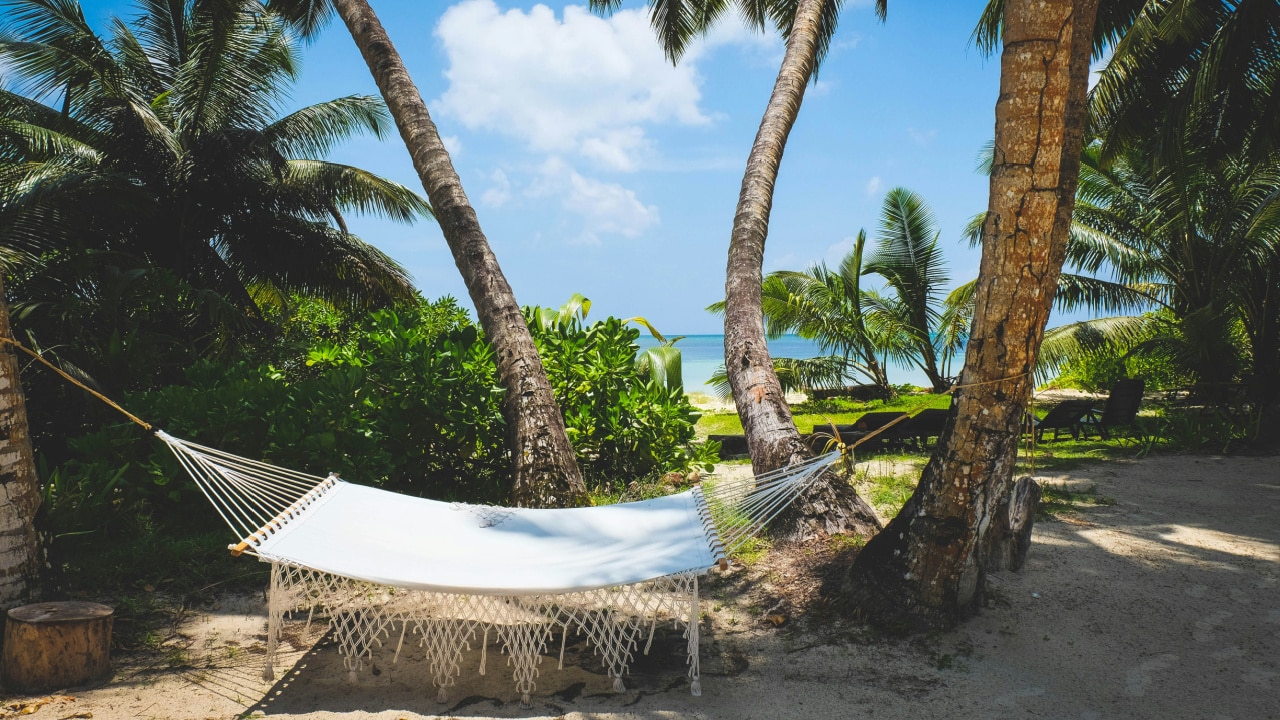This Comic Is Being Used To Highlight The Chaos Of Climate Change In Latin America
The days of comics that are all about cape crusaders and masked bad guys are over. We’re living in a new time where we can’t afford to pretend we live in a fantasy world. Artists today are taking the modern world we’re living in, full of evil politics, natural disasters, environmental issues, and whatever else is thrown our way and applying that to a new frontier of comic-book stories.
Creatives have launched “Puro Peru,” a kid-friendly comic book that educates and explores indigenous communities and essential issues such as the environment.

The comic book is 92 pages and includes eight separate stories that are all about discovering Peru, the people who live there, and how they’re tackling issues with climate change.
“We present eight stories with stories that bring us closer to Peru in a personal way, on a journey full of ancestral traditions and knowledge,” creators state on their website. “With them, we want to sensitize society about the environmental situation of the planet, in the Amazon rainforest and in the mountains of Peru. We hope you enjoy this great adventure designed by several of the best illustrators and writers in Spain.”
The book is published by CESAL, an extension of Vooltea, which is an interactive and educational website aimed at young people and teachers to publicize the different realities of five Latin American countries, which include El Salvador, Haiti, Honduras, Peru, and the Dominican Republic.
Let’s meet some of the artists and the stories they’re sharing.

Javier de Isusi and Alex Orbe take on the causes and consequences of climate change in their comic book stories.
“Climate change is currently the main environmental problem and one of the biggest challenges of our time,” they write. “This also exacerbates the situation of poverty in which the most disadvantaged groups are found: women, peasants, and indigenous population, and it is with them that CESAL works in Peru.”
Calo, an award-winning artist, takes on climate change by exploring how people in various countries handle the changes to their environment.

“What measures have been taken to mitigate climate change?” he asks in his story about international measures to break and adapt to climate change. “When are we worldwide? It’s about taking a trip through the reality of different continents and countries to find good and bad practices.”
Emilio Ruiz Zavala and Ana Miralles dive into the indigenous and Sierra population and how these benefits the mitigation of climate change.

“Climate change especially affects indigenous peoples and rural communities,” the artists state. “On the other hand, they are also the ones with the most accumulated knowledge of climatic phenomena and how to deal with variability and unpredictability.”
Artist Rubencio addresses the critical aspect of strengthening the capabilities of the indigenous population in order to take on the issues of climate change.

“The concept of resilience has become fundamental in the theory and practice of disaster risk reduction and currently has an important place in discussions about adaptation to climate change,” he states.
Núria Tamarit, one of the youngest artists taking part in the series, looks at how people can help their local environment in order to make a global impact. “The intention is to encourage critical reflection on the society in which we live and propose changes (clues) that promote a new development model based on sustainability and respect for the environment,” Tamarit states.
Teresa Valero’s story takes on how climate change is affecting the jungle of Peru.

“The Amazon represents 62 percent of the Peruvian territory. In her, they inhabit the greater number of native cultures and the greater biodiversity of the country and the world. As a consequence of Climate Change, strong droughts and floods stand out, causing the loss of forests.”
It’s so beautiful that kids today (and adults) can understand what is happening to our planet on an intermediate level — in Peru — in a way that isn’t complex to understand.
Often, people don’t seem to grasp the severity of climate change because they feel the problem is more significant than themselves and too challenging to be part of the change. These stories show us in simpler and creative terms that change is possible. The comic book is available to download for free. Click here.




